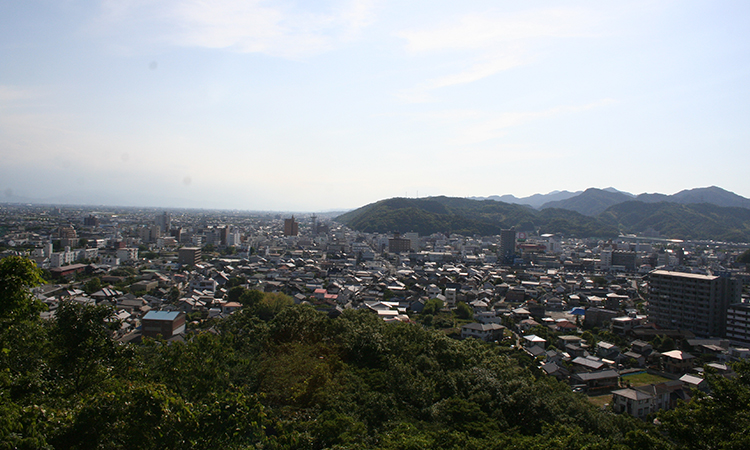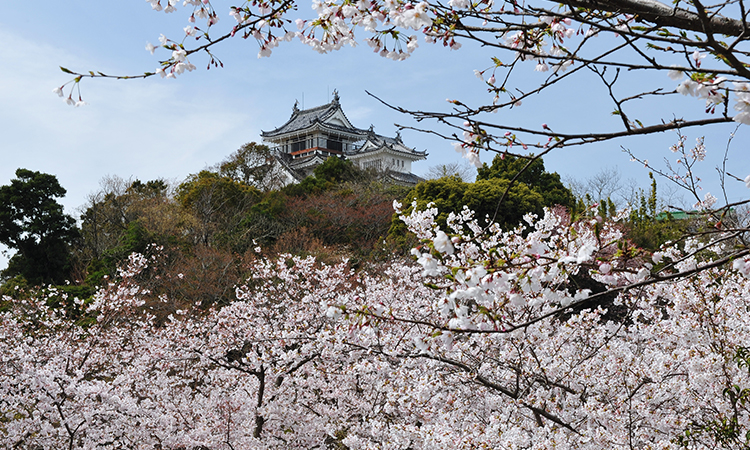Myokensan Park
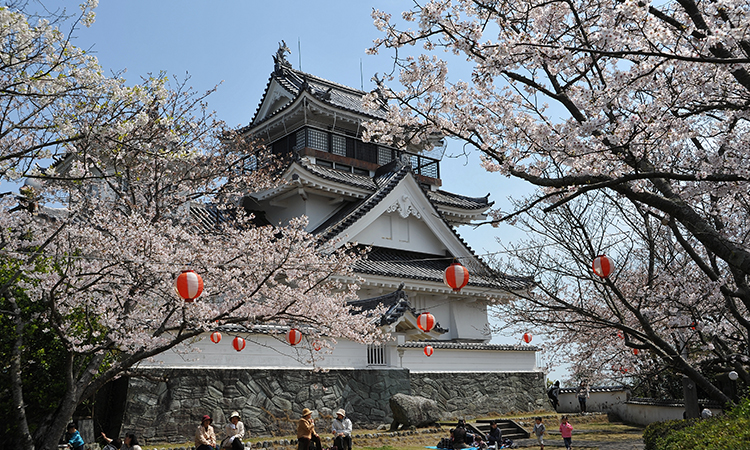
The park uses the castle ruins of one of the former Nine Castles of Awa, Muya Castle. The site is also known as a great cherry blossom viewing spot, and the flower viewing season in spring attracts a bustling crowd of viewers.
The lookout that commands a panoramic view of Naruto’s cityscape is also a must-see!
In March 2016, the keep replica that housed the former Prefectural Torii Memorial Museum reopened as Toriide Naruto, after undergoing renovation to become the city’s disaster shelter and a hub for social gatherings.
https://www.city.naruto.tokushima.jp/promotion-tpride/
【Business hours】 *Myokensan Park is open to visitors year round.
<Toriide Naruto> 9:00am – 4:00pm (Open: Saturday, Sunday, National Holidays)
【Fee】 Free
【Access】
・About 20 minutes walk from JR Naruto Station ・Board local bus (Kitasako Line) at JR Naruto Station → Get off at Myokensan Park → Walk for 5 minutes
・About 10 minutes by car from Naruto IC, Kobe Awaji Naruto Expressway
【Address】 Hayasaki Kitatono, Muya-cho, Naruto-shi
Related Places
-
- Naruto Park/Onarutohashi Walking Trail Whirlpool, Onarutohashi Cross-bridge Memorial Hall Eddie
-
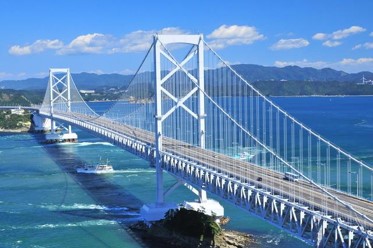
Adjacent to the Naruto Strait, famous for its whirlpools that are considered one of the world’s three major tidal streams, and the Onarutohashi is a park. It is designated as part of the Seto Inlan.....read more
-
- Sightseeing Ship (Uzushio sightseeing ship・Uzushio steamship)
-

If you want to experience the thrill of being sucked into a swirling and roaring whirlpool, try out this sightseeing ship! You can feel the magnificent Naruto Whirlpools for the first time on a sh.....read more
-
- First Temple of the Shikoku 88 temple pilgrimage, Ryozen-ji
-
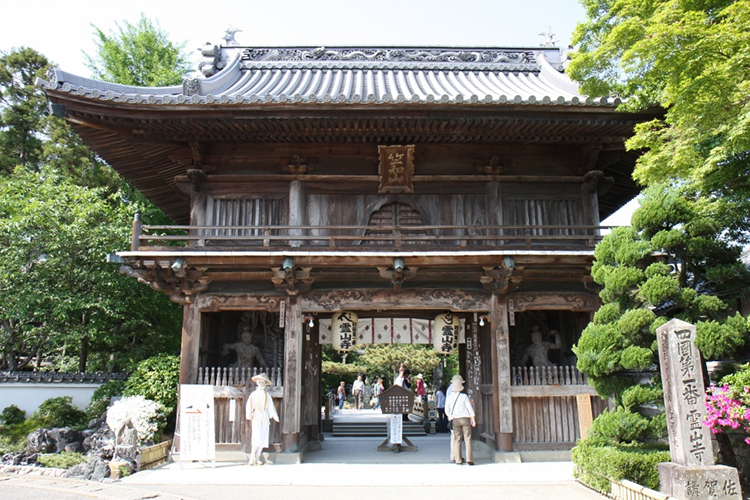
Known as "Ichiban-san," this is the starting point of the 88 temple pilgrimage in Shikoku, which follows the path of the legendary monk, Kobo Daishi. It is a popular route, and you can see pilgrims.....read more
-
- Ochaen Observatory (Whirlpools of Naruto)
-
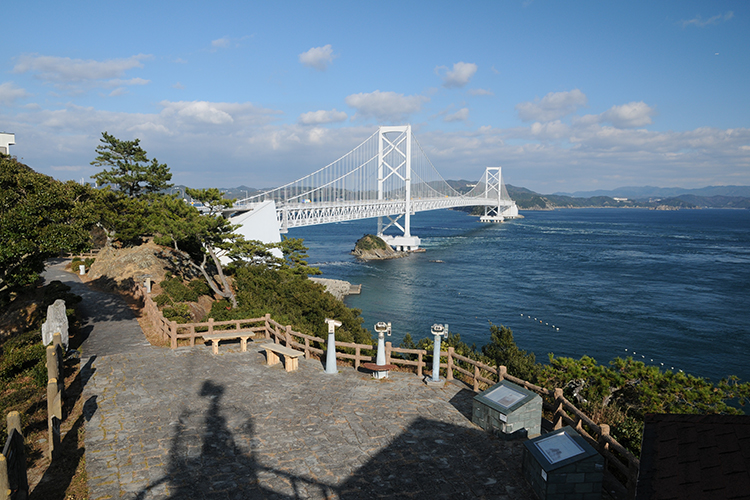
Since ancient times, Naruto has appeared in ancient texts such as the "Nihon shoki," "Tosa niki," "Awa no Mizumon/Awa no To," and also in Japanese poems, such as the collection "Gosen wakashu." T.....read more

